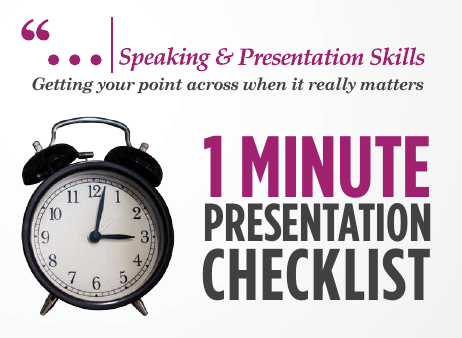There are eight important ingredients in a successful presentation, indicated by my acrostic, OH AM I SAD (which you will be if you don’t do something like this).
O: Outcome or Objective. Start with the end in view. What do you want people to do when you have finished? Write it down.
H: Hook. Sometimes called the Grabber. It’s something that you do or say to grab attention at the start, in much the same way as the Headline on a press advertisement. It says, “Stop! Pay attention, this is for YOU!”
A: Audience. Make it directly relevant to the group you are addressing, taking account of their needs, interests and anxieties. If you have a multi-cultural audience, keep the language simple and try to avoid too much use of metaphor.
M: Message. It’s not your information that matters, but rather its significance. Tell them what they should think about what you are saying, and how it will affect them. Summarise your message in a single sentence that you want people to carry away and remember. Write it down and make it the focus of your presentation.
I: Interest. You have their attention, and you are focused on where you want to lead them. Maintain the flow and keep their attention by relating everything to their interests. For every fact you put across, answer the “So what?” question.
S: Structure. It is essential to follow a structure, both to keep yourself on track and to enable your listeners to follow you. A simple structure, such as Past, Present, Future, will be easy for them to remember and reconstruct your presentation.
A: Action. What did you want them to do after hearing you? Make it clear. Don’t expect them to work it out for themselves.
D: Delivery. Pay attention to the way in which you deliver your presentation. Spend time rehearsing, listen to a recording of your presentation and make sure you are not boring, then make an effort to be heard clearly. Every presentation is a performance, and no one has the right to be boring.
Follow these guidelines and you’ll be worth hearing.






